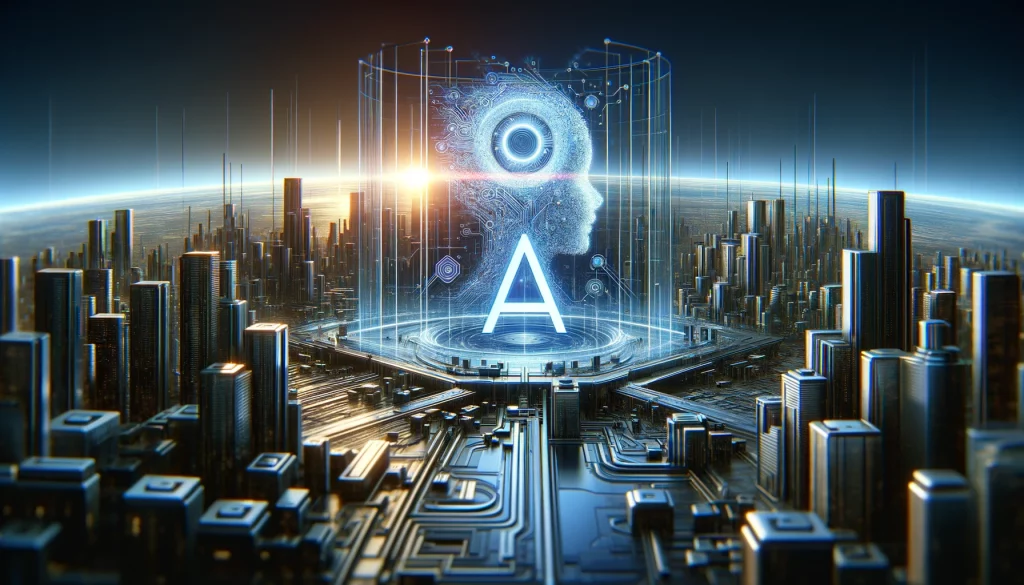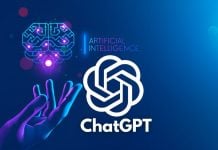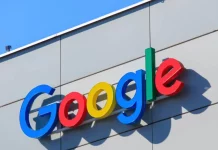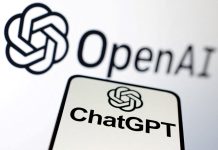As OpenAI rolls out its latest feature for the DALL-E 3 image generator, it’s clear that the future of digital content is on a fast track to becoming more transparent and trustworthy. The addition of new watermarks to images created by DALL-E 3 is a significant step towards distinguishing AI-generated images from those created by humans, in an era where digital content’s origins are increasingly scrutinized.
Now it will be easier to trace the origins of digital images generated from OpenAI
This move involves embedding watermarks into the image metadata, a strategy backed by the Coalition for Content Provenance and Authenticity (C2PA). The implementation of these watermarks aims to make it easier for everyone to trace the origins of digital images, ensuring users can verify whether an image was generated by AI. The watermark comes in two forms: an invisible metadata component and a visible CR symbol, positioned discreetly in the image’s top left corner.

Starting from the ChatGPT website and extending to the DALL-E 3 API, this feature will soon be available for mobile users, promising a seamless integration that maintains the high quality of generated images. Despite concerns about potential increases in image sizes and processing times, OpenAI assures users that these changes will have minimal impact.
Behind the initiative is the C2PA, a consortium of tech giants like Adobe and Microsoft, advocating for digital content authenticity through the Content Credentials watermark. This effort is not just about adding a layer of transparency; it’s about fostering a digital ecosystem where the line between human and AI-created content is clear, enhancing the trustworthiness of online content.
However, challenges remain, such as the ease with which metadata can be stripped away, deliberately or accidentally, by social media platforms or through simple actions like taking a screenshot. This vulnerability underscores the ongoing battle against misinformation and the complex landscape of digital content verification.
RELATED:
- Apple Vision Pro gets OpenAI’s ChatGPT app
- Microsoft employee discovers a vulnerability in OpenAI’s DALL-E 3 that allows it to generate inappropriate content
- Xiaomi Band 8 Genshin Impact custom edion get a huge discount.
- Best VR / AR Headsets of 2023 – Gizmochina
(Via)







